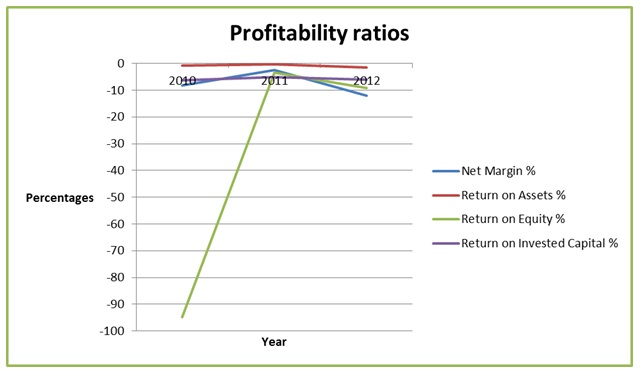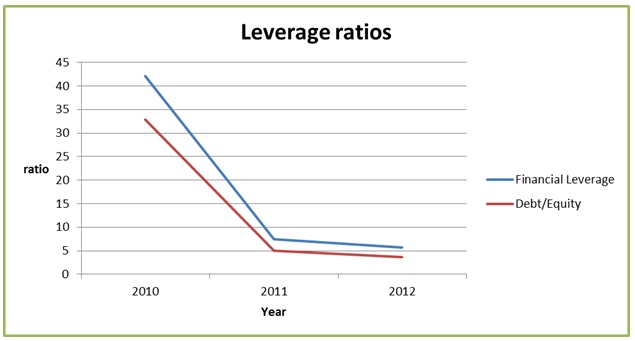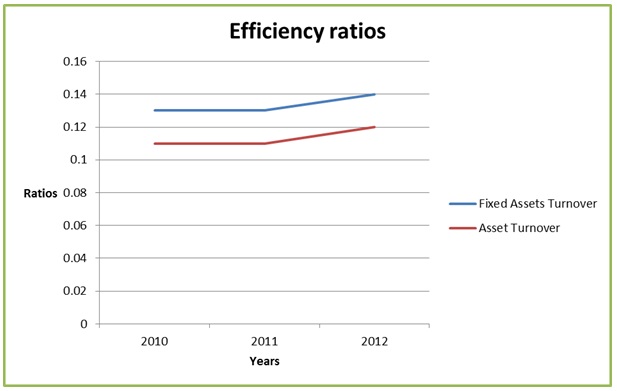Glimcher Realty Trust is a real estate investment company. It is located in Columbus, Ohio. The company trades on the New York Stock Exchange with a ticker symbol of GRT. The Trust went public in 1994. The company develops, owns and manages a variety of shopping malls. The Trust has established a portfolio that is made up of regional malls, open air centers, fashion outlets, and community shopping malls. Currently, the Trust manages about twenty four shopping malls within the United States. Herb Glimcher established the Trust in 1959 (Glimcher Realty Trust 1b). Currently, he is the chairman of Emeritus of the Board of Trustees. The company has grown tremendously since its inception from a family-owned business to a public company. Besides, it has expanded its portfolio through acquisition. Also, it has aligned its products and services to the standards set by the competitors in the market. The top five key players in the industry are Simon Property Group Inc., Westfield Group, General Growth Properties Inc., Link Real Estate Investment Trust, and British Land Co. PLC (ABC News Network 1). Based on the market capitalization and net income, the company performs dismally as compared to the competitors and the industry average (The New York Times 1). The table presented below shows the performance of top competitors based on the market capitalization and net income.
Source of data – Morning Star Inc. 1.
Therefore, it can be observed that the position of the Trust in terms of market capitalization and net income is lower than the industry average. The paper seeks to carry out a financial analysis of Glimcher Realty Trust.
Financial analysis
This section of the paper will review the financial position of the company. First, it will review the growth of various balances reported. Secondly, it will carry out a ratio analysis.
Summary of income statement and balance sheet
The table presented below shows the balances reported in the income statement and balance sheet for 2011 and 2012. It also shows the percentage change of the values.
Source of data – Glimcher Realty Trust 75a.
Based on the information provided in the table above, it can be noted that the value of total investments in real estate increased by 24.68%. The investment comprises of land, building, improvements, equipment and development in progress. The total assets also increased by an almost equal proportion as the total investment in real assets. The total assets increased by 24.87%. It can be noted that the proportion of investment in real estate is over 93% of the total assets. Thus, a large percentage of the capital of the entity is invested in real estate. The total liabilities increased by 22.43% in 2012 (Google 1). A review of the financial statements indicates that over 85% of the total liabilities are mortgage notes payable. The mortgage is used to acquire real estate (Glimcher Realty Trust 1c). Further, the total equity increased by 30.82%. It can be noted that the Trust has a high amount of debt in the capital structure than equity because the amount of debt was higher than the amount of equity. This can be attributed to the industry in which the company operates. Real estate is easily financed through debt. However, the high amount of debt put the shareholders’ funds at risk. Therefore, it can be noted that there is growth in balance sheet values (Bloomberg L.P. 1).
The total revenue earned by the company increased by 21.91%. However, the total expenses increased by approximately 35%. This resulted in a decline in operating income by 20.17%. Further, the net income attributed to shareholders declined by 511.02% while the net income declined by 113.86%. Thus, it can be noted that the earnings of the Trust declined significantly in 2012. This will affect the profitability of the company negatively.
Ratio analysis
The table presented below shows a summary of the various ratios.
As mentioned in the discussion above, the net earnings of the Trust declined in 2012. The declined affects the profitability ratios. For instance, the net profit margin improved from a negative position of 8.31% to a negative position of 2.51% between 2010 and 2011. However, in 2012 the net profit margin deteriorated further to (11.94%). The ratio indicates that the company is facing difficulties in managing the total cost of operations. It may also indicate that the pricing strategy used by the company is not suitable because it results in lower operating profit. The return on assets also followed the same trend. The value increased from (0.9%) in 2010 to (0.27%) in 2011. However, in 2012, return on assets declined to (1.46%). The ratio indicates that the company is not efficient in generating net earnings from the assets. It may also imply that the assets owned by the company do not generate adequate sales. The return on equity increased from (94.78%) in 2010 to (3.41%) in 2011. However, in 2012, return on equity declined to (9.23%). The ratio indicates that the Trust is not in a position to generate positive returns from capital provided by shareholders. It shows lack of efficiency. Further, return on invested capital also followed a similar trend. Thus, it can be observed that the company experienced a decline in profitability in the year 2012. This can be attributed to a decline in net earnings and an increase in the balance sheet values. Also, the decline in profitability can be as a result of the strategy employed by the company. The company focused on reducing the amount of debt in the capital structure. The graph presented below shows the trend of profitability ratios.

The leverage of the company declined significantly. The financial leverage declined from 42.11 in 2010 to 7.44 in 2011. It further declined to 5.67 in 2012. Also, the debt to equity ratio declined from 32.83 in 2010 to 5.01 in 2011. It further declined to 3.62 in 2012. The decline is suitable for the company because it reduces the risk of the shareholders fund. Besides, it improves the market capitalization of the Trust and attracts more investors. The graph presented below shows the trend of leverage ratios for the three-year period.

The efficiency ratios indicate that there was no significant improvement in the efficiency of operations in the three-year period. The fixed asset turnover increased from 0.13 in 2010 to 0.14 in 2012 while the asset turnover increased from 0.11 in 2010 to 0.12 in 2012. The low values also contributed to negative profitability reported in 2012. The graph presented below shows the trend of efficiency ratios.

Finally, the measures of valuation also changed significantly during the three-year period. The price/book ratio declined significantly over the three years. The value decreased from 16.8 in 2010 to 3.9 in 2012. The price/book ratio shows that the price of shares in relation to the book value of the assets declined significantly. The price to sales ratio increased over the period. It increased from 3.4 in 2010 to 6 in 2012. A low ratio is suitable for the company. Finally, the price to cash flow ratio increased from 9.3 in 2010 to 13.2 in 2012. A high ratio is not suitable for the company (Scottrade Inc. 1).
In summary, the financial position of the company is deteriorating. This can be attributed to the fact that the company is struggling to increase profitability and at the same time reduce the amount of debt in the capital structure. This can be explained by the trend of profitability ratios and leverage ratios (Market Watch Inc. 1).
References
ABC News Network 2013, Glimcher Realty Trust. Web.
Bloomberg L.P. 2013, Glimcher Realty Trust. Web.
Glimcher Realty Trust 2013a, Financial Information – Annual Reports. Web.
Glimcher Realty Trust 2013c, Investor Relations. Web.
Glimcher Realty Trust 2013b, Who We Are. Web.
Google 2013, Glimcher Realty Trust. Web.
Market Watch Inc. 2013, Glimcher Realty Trust. Web.
Morning Star Inc. 2013, Glimcher Realty Trust. Web.
Scottrade Inc. 2013, Valuation Ratios. Web.
The New York Times 2013, Glimcher Realty Trust. Web.